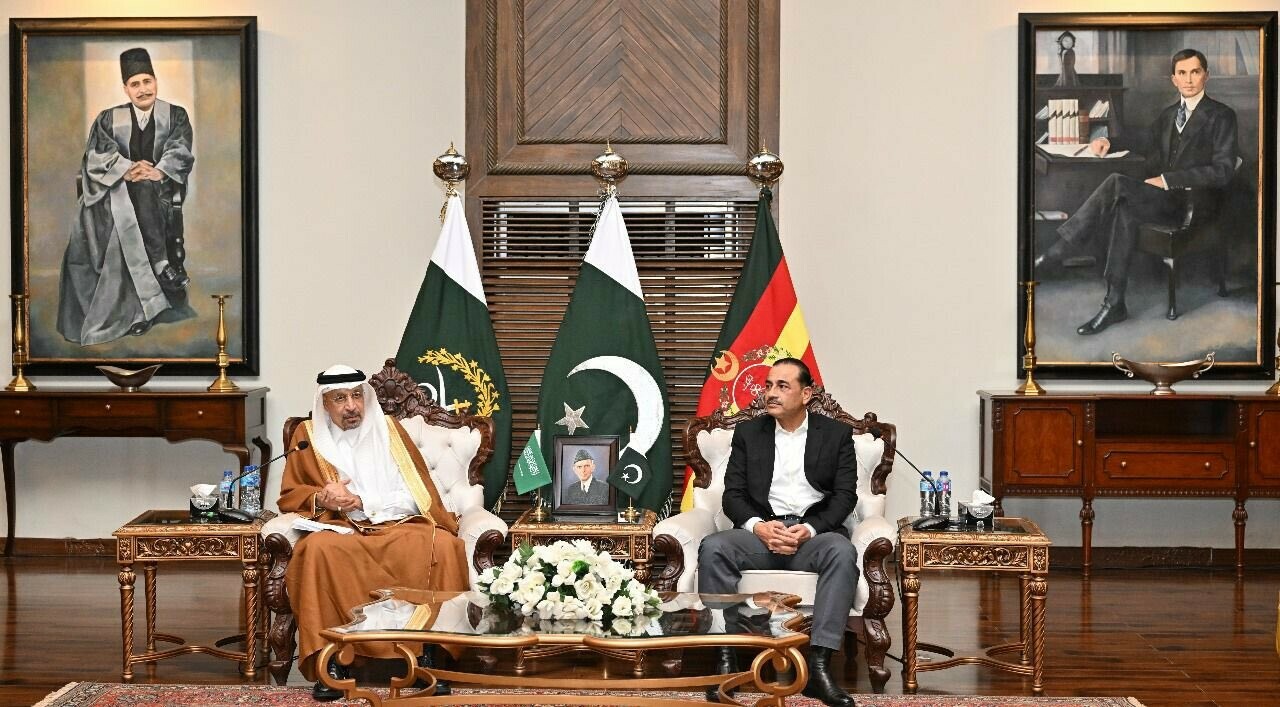PTBP Web Desk
Pakistan has witnessed a remarkable turnaround in its economic indicators, with the State Bank of Pakistan (SBP) announcing that the country’s current account posted a significant surplus of $582 million in December 2024. This figure represents a substantial 109% increase over the $279 million surplus recorded in the same month of the previous year, highlighting a strengthening of Pakistan’s external sector.
This surplus marks the fifth consecutive month that Pakistan has managed to keep its current account in the positive, a trend that signals a notable shift in the nation’s economic health. According to Topline Securities, this December’s surplus “came higher than expectations,” primarily driven by an uptick in remittances and an enhanced trade balance.
The data also included a revision for November’s surplus from $729 million to $684 million, suggesting a slight adjustment but still an impressive performance. This consistent positive trend has contributed to a cumulative current account surplus of $1.21 billion for the first half of the fiscal year 2024-2025 (1HFY25). This is a stark contrast to the $1.397 billion deficit seen in the corresponding period of the previous fiscal year, clearly demonstrating the impact of economic policies aimed at financial stability.
During December 2024, Pakistan’s exports of goods and services reached $3.838 billion, marking a 9% increase from $3.53 billion in December of the prior year. This growth in exports has been a crucial factor in reducing the current account deficit. On the other hand, imports also rose by over 15% to $5.781 billion, reflecting a rebound in domestic demand and economic activities, which, while increasing import costs, still supported a positive current account due to the even larger surge in exports and remittances.
One of the pillars behind this economic boost has been the significant increase in workers’ remittances. In December 2024, remittances were recorded at $3.079 billion, up by an impressive 29% from the previous year. This increase is particularly notable given that remittances are a vital source of foreign exchange for Pakistan, directly impacting the current account balance.
The backdrop to these figures includes a scenario of low economic growth coupled with high inflation, which paradoxically has helped in curtailing the current account deficit. The government’s strategy of implementing high interest rates, which have only recently started to decline, along with import restrictions, has been instrumental in achieving this fiscal stability. These measures have successfully managed to narrow the trade deficit, thereby supporting the current account surplus.
Looking at the broader picture for 1HFY25, Pakistan’s exports totaled $20.28 billion against imports of $33.38 billion. Worker remittances for this period saw a 33% increase to $17.85 billion from $13.44 billion in the previous year, further underlining the positive momentum in Pakistan’s external financial position.
The current account balance is critical for Pakistan, a country heavily reliant on imports for its economic operations. A widening deficit typically exerts pressure on the exchange rate and depletes foreign exchange reserves. Conversely, the current surplus not only relieves this pressure but also strengthens the national currency’s value and bolsters foreign reserves, aiding in economic policy formulation and international trade relations.




